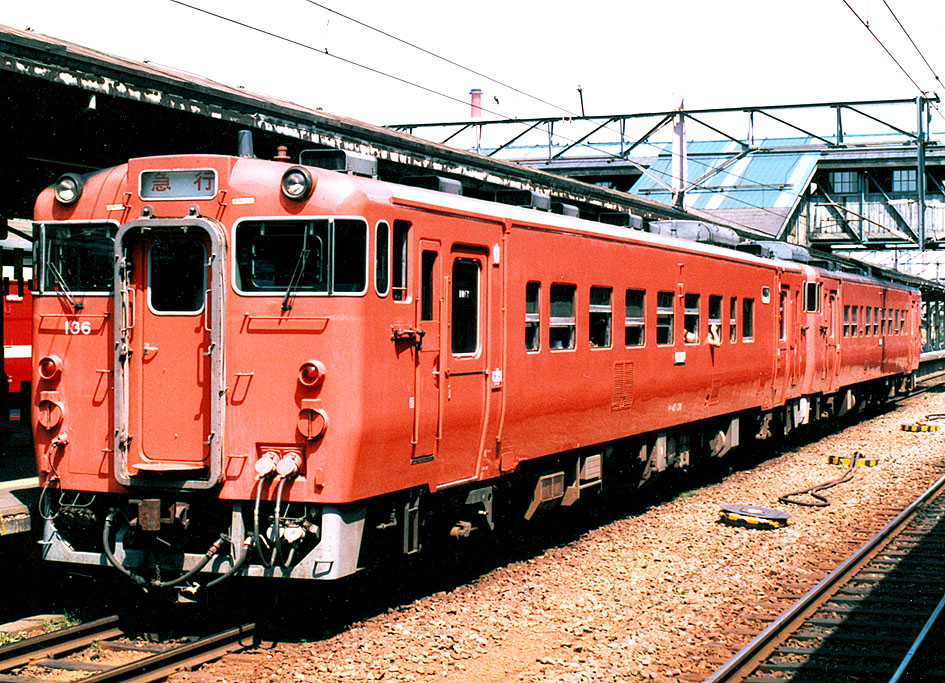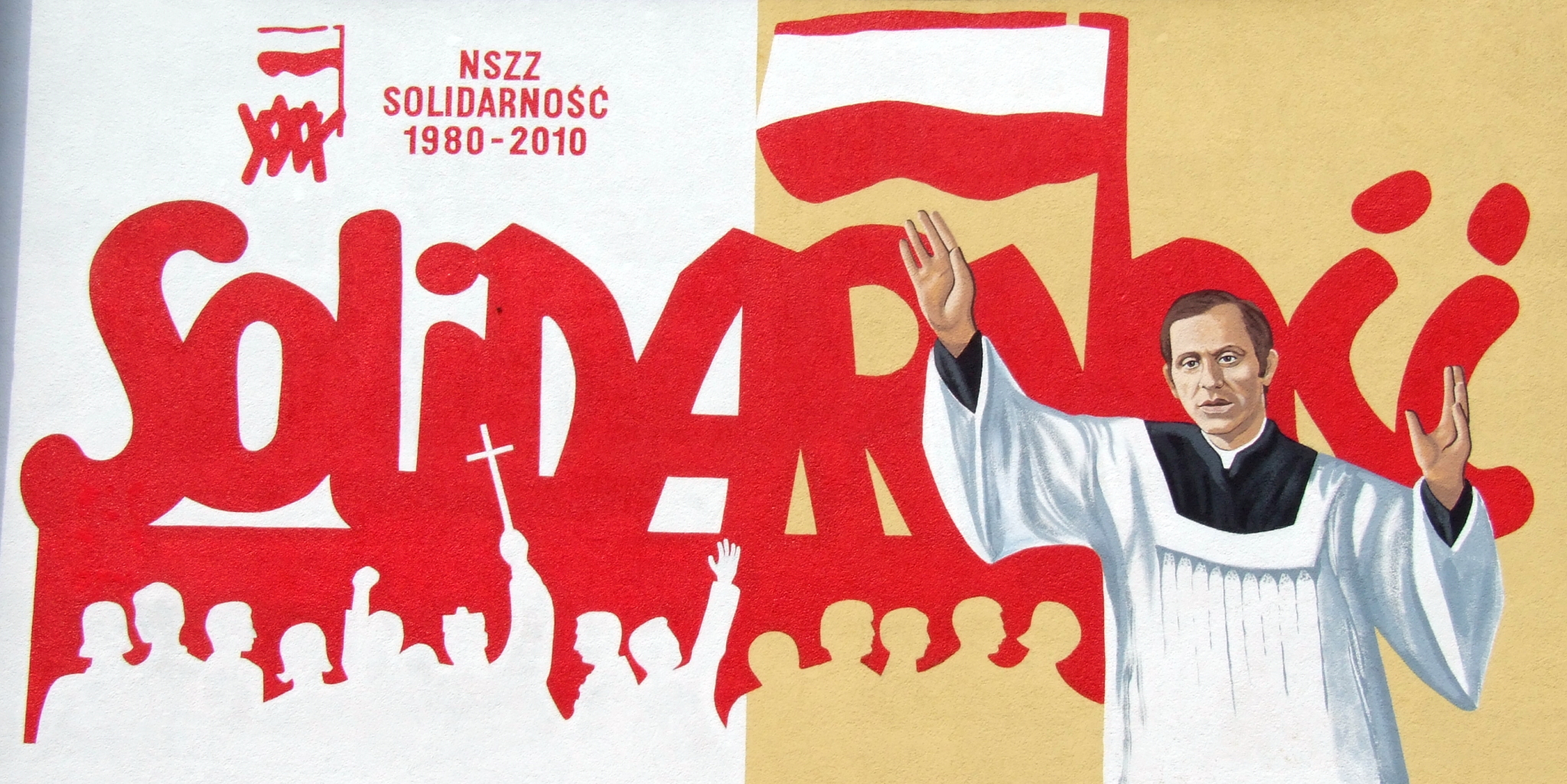|
Class 207M
Class 207M is a prototype series of Polish light Diesel Multiple Units (a.k.a. railcars). Only six were made in following configurations: * two cars - a set of ''207M'' power car and ''207Mr'' trailer-control car (PKP designation SA101+SA121) * three cars - a set of: ''207Ma'' power car, ''207Mra'' trailer car, ''207Mb'' power car (PKP designation SA102+SA111+SA102) History By the end of the 1970s, steam traction in Poland was mostly retired. Non-electrified lines became operated with diesel locomotive A diesel locomotive is a type of railway locomotive in which the prime mover is a diesel engine. Several types of diesel locomotives have been developed, differing mainly in the means by which mechanical power is conveyed to the driving whee ...s. For short distance passenger traffic (mainly suburban trains) PKP was seeking a more economical solution than a heavy diesel locomotive pulling few cars. The obvious solution was the use of railcars. However, due to politics- ... [...More Info...] [...Related Items...] OR: [Wikipedia] [Google] [Baidu] |
SA101 W Karsinie , an Apollo-flight
{{Letter-NumberCombDisambig ...
SA1 can refer to the following: * Nintendo SA1, a microprocessor by Nintendo for use in SNES game cartridges * SA1 Swansea Waterfront, the marketing name given to the brownfield development area located in Swansea Docks, South Wales * the Royal mail postcode prefix for central Swansea *'' Sonic Adventure'', a video game for the Sega Dreamcast. Abbreviated as "SA1" by fans of the series. SA-1 may refer to: * SA-1 Guild, the NATO name for the S-25 Berkut, the first operational surface-to-air guided missile, used by the Soviets * SA-1 (Apollo) Saturn-Apollo 1 (SA-1) was the first flight of the Saturn I space launch vehicle, the first in the Saturn family, and first mission of the American Apollo program. The rocket was launched on October 27, 1961, from Cape Canaveral, Florida. Ob ... [...More Info...] [...Related Items...] OR: [Wikipedia] [Google] [Baidu] |
Poland
Poland, officially the Republic of Poland, , is a country in Central Europe. Poland is divided into Voivodeships of Poland, sixteen voivodeships and is the fifth most populous member state of the European Union (EU), with over 38 million people, and the List of European countries by area, seventh largest EU country, covering a combined area of . It extends from the Baltic Sea in the north to the Sudetes and Carpathian Mountains in the south, bordering seven countries. The territory is characterised by a varied landscape, diverse ecosystems, and Temperate climate, temperate transitional climate. The capital and List of cities and towns in Poland, largest city is Warsaw; other major cities include Kraków, Wrocław, Łódź, Poznań, and Gdańsk. Prehistory and protohistory of Poland, Humans have been present on Polish soil since the Lower Paleolithic, with continuous settlement since the end of the Last Glacial Period over 12,000 years ago. Culturally diverse throughout ... [...More Info...] [...Related Items...] OR: [Wikipedia] [Google] [Baidu] |
Diesel Multiple Unit
A diesel multiple unit or DMU is a multiple-unit train powered by on-board diesel engines. A DMU requires no separate locomotive, as the engines are incorporated into one or more of the carriages. Diesel-powered single-unit railcars are also generally classed as DMUs. Diesel-powered units may be further classified by their transmission type: diesel–mechanical DMMU, diesel–hydraulic DHMU, or diesel–electric DEMU. Design The diesel engine may be located above the frame in an engine bay or under the floor. Driving controls can be at both ends, on one end, or in a separate car. Types by transmission DMUs are usually classified by the method of transmitting motive power to their wheels. Diesel–mechanical In a diesel–mechanical multiple unit (DMMU), the rotating energy of the engine is transmitted via a gearbox and driveshaft directly to the wheels of the train, like a car. The transmissions can be shifted manually by the driver, as in the great majority of first-ge ... [...More Info...] [...Related Items...] OR: [Wikipedia] [Google] [Baidu] |
Railcar
A railcar (not to be confused with a railway car) is a self-propelled railway vehicle designed to transport passengers. The term "railcar" is usually used in reference to a train consisting of a single coach (carriage, car), with a driver's cab at one or both ends. Some railway companies, such as the Great Western, termed such vehicles " railmotors" (or "rail motors"). Self-propelled passenger vehicles also capable of hauling a train are, in technical rail usage, more usually called " rail motor coaches" or "motor cars" (not to be confused with the motor cars, otherwise known as automobiles, that operate on roads). The term is sometimes also used as an alternative name for the small types of multiple unit which consist of more than one coach. That is the general usage nowadays in Ireland when referring to any diesel multiple unit (DMU), or in some cases electric multiple unit (EMU). In North America the term "railcar" has a much broader sense and can be used (as an ab ... [...More Info...] [...Related Items...] OR: [Wikipedia] [Google] [Baidu] |
Polish State Railways
(''PKP S.A.''; en, Polish State Railways, Inc.) is the dominant railway operator in Poland. The company was founded when the former state-owned enterprise was divided into several units based on the need for separation between infrastructure management and transport operations. PKP S.A. is the dominant company in PKP Group collective that resulted from the split, and maintains in 100% share control, being fully responsible for the assets of all of the other PKP Group component companies. The group's organisations are dependent upon PKP S.A., but proposals for privatisation have been made. PKP today Pricing system The pricing system currently employed by PKP is highly regressive. On international routes such as, for example, the Berlin-Warsaw Express and the IC-Nightbus Warsaw – Vilnius, a global pricing system is in use which requires one to buy two separate tickets (one in each direction) in place of a single consolidated return ticket. The long-distance and local trains' ... [...More Info...] [...Related Items...] OR: [Wikipedia] [Google] [Baidu] |
Steam Locomotive
A steam locomotive is a locomotive that provides the force to move itself and other vehicles by means of the expansion of steam. It is fuelled by burning combustible material (usually coal, oil or, rarely, wood) to heat water in the locomotive's boiler to the point where it becomes gaseous and its volume increases 1,700 times. Functionally, it is a steam engine on wheels. In most locomotives, the steam is admitted alternately to each end of its cylinders, in which pistons are mechanically connected to the locomotive's main wheels. Fuel and water supplies are usually carried with the locomotive, either on the locomotive itself or in a tender coupled to it. Variations in this general design include electrically-powered boilers, turbines in place of pistons, and using steam generated externally. Steam locomotives were first developed in the United Kingdom during the early 19th century and used for railway transport until the middle of the 20th century. Richard Trevithi ... [...More Info...] [...Related Items...] OR: [Wikipedia] [Google] [Baidu] |
Diesel Locomotive
A diesel locomotive is a type of railway locomotive in which the prime mover is a diesel engine. Several types of diesel locomotives have been developed, differing mainly in the means by which mechanical power is conveyed to the driving wheels. Early internal combustion locomotives and railcars used kerosene and gasoline as their fuel. Rudolf Diesel patented his first compression-ignition engine in 1898, and steady improvements to the design of diesel engines reduced their physical size and improved their power-to-weight ratios to a point where one could be mounted in a locomotive. Internal combustion engines only operate efficiently within a limited power band, and while low power gasoline engines could be coupled to mechanical transmissions, the more powerful diesel engines required the development of new forms of transmission. This is because clutches would need to be very large at these power levels and would not fit in a standard -wide locomotive frame, or wear to ... [...More Info...] [...Related Items...] OR: [Wikipedia] [Google] [Baidu] |
Solidarity (Polish Trade Union)
Solidarity ( pl, „Solidarność”, ), full name Independent Self-Governing Trade Union "Solidarity" (, abbreviated ''NSZZ „Solidarność”'' ), is a Polish trade union founded in August 1980 at the Lenin Shipyard in Gdańsk, Poland. Subsequently, it was the first independent trade union in a Warsaw Pact country to be recognised by the state. The union's membership peaked at 10 million in September 1981, representing one-third of the country's working-age population. Solidarity's leader Lech Wałęsa was awarded the Nobel Peace Prize in 1983 and the union is widely recognised as having played a central role in the end of Communist rule in Poland. In the 1980s, Solidarity was a broad anti-authoritarian social movement, using methods of civil resistance to advance the causes of workers' rights and social change. Government attempts in the early 1980s to destroy the union through the imposition of martial law in Poland and the use of political repression failed. ... [...More Info...] [...Related Items...] OR: [Wikipedia] [Google] [Baidu] |

.jpg)



